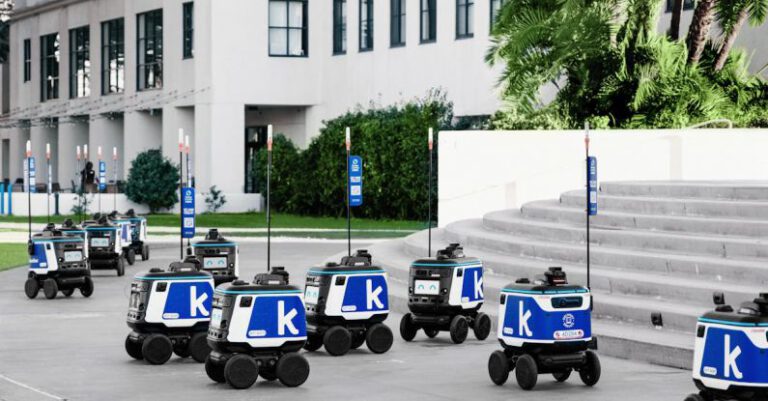What Are the Environmental Benefits of Using Robotics in Construction?
In recent years, the construction industry has seen a significant rise in the use of robotics to streamline processes and improve efficiency. This technological advancement not only enhances productivity but also brings about a range of environmental benefits. By incorporating robotics into construction projects, companies can reduce waste, minimize energy consumption, and lower carbon emissions. Let’s delve into the environmental advantages of utilizing robotics in the construction sector.
Enhanced Precision and Accuracy
One of the primary environmental benefits of using robotics in construction is the enhanced precision and accuracy it offers. Unlike traditional methods that often lead to errors and material wastage, robots can perform tasks with pinpoint accuracy. This precision ensures that resources are used efficiently, reducing unnecessary waste and minimizing the environmental impact of construction projects.
Reduced Material Wastage
Material wastage is a significant concern in the construction industry, contributing to environmental degradation and resource depletion. By leveraging robotics, companies can minimize material wastage through precise measurements and cutting techniques. Robots can optimize the use of materials, ensuring that only the necessary amount is utilized for each task. This reduction in material wastage not only benefits the environment but also leads to cost savings for construction companies.
Energy Efficiency
Another key environmental benefit of using robotics in construction is the improved energy efficiency of construction processes. Robots are designed to operate with high energy efficiency, consuming less power compared to traditional machinery. By utilizing robotics, construction companies can reduce their overall energy consumption, leading to lower carbon emissions and a smaller environmental footprint. Additionally, the energy-efficient nature of robotics helps in achieving sustainability goals and promoting environmentally friendly practices within the industry.
Minimized Carbon Emissions
The use of robotics in construction can also lead to a significant reduction in carbon emissions. Traditional construction methods often involve heavy machinery and equipment that run on fossil fuels, contributing to greenhouse gas emissions. In contrast, robots are typically powered by electricity or other sustainable energy sources, resulting in lower carbon emissions during construction activities. By transitioning to robotics, construction companies can play a vital role in combating climate change and promoting a greener future.
Improved Safety Measures
In addition to the environmental benefits, the use of robotics in construction also enhances safety measures on construction sites. By delegating hazardous tasks to robots, companies can reduce the risk of accidents and injuries to human workers. This improved safety not only protects the well-being of construction workers but also minimizes the environmental impact of potential accidents. By prioritizing safety through the use of robotics, construction companies can create a healthier work environment while contributing to a more sustainable industry.
Optimized Construction Processes
Robotic technology enables construction companies to optimize their processes and workflows, leading to increased efficiency and reduced environmental impact. Robots can perform repetitive tasks quickly and accurately, allowing for faster completion of projects with fewer resources. This optimization of construction processes helps in saving time, reducing waste, and lowering the overall environmental footprint of construction activities. By embracing robotics, companies can achieve a balance between productivity and sustainability in the construction sector.
Innovative Solutions for Sustainable Construction
The integration of robotics in construction represents a step towards innovative and sustainable solutions for the industry. By harnessing the power of technology, companies can enhance their capabilities, improve efficiency, and minimize their environmental impact. Robotics offer a path towards greener construction practices, paving the way for a more sustainable and eco-friendly future in the built environment. As construction companies continue to adopt robotics and automation, they contribute to a more environmentally conscious industry that prioritizes resource efficiency and sustainability.
Embracing the Future of Construction with Robotics
The environmental benefits of using robotics in construction are undeniable, offering a range of advantages that contribute to a greener and more sustainable industry. From enhanced precision and reduced material wastage to improved energy efficiency and minimized carbon emissions, robotics present a promising solution for environmentally friendly construction practices. By embracing the future of construction with robotics, companies can drive innovation, increase efficiency, and create a more sustainable built environment for future generations.






